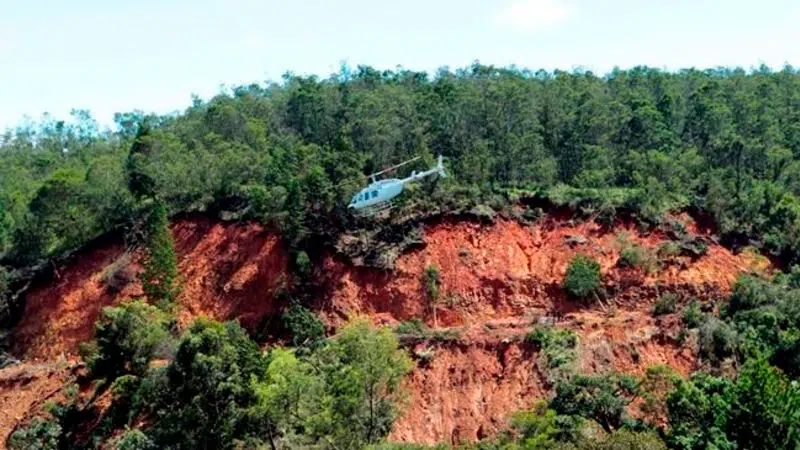
Floods, destruction from cyclone continue in Mozambique
CHIMANIMANI, Zimbabwe — A week after Cyclone Idai hit coastal Mozambique and swept across the country to Zimbabwe, the death, damage and flooding continues in southern Africa, making it one of the most destructive natural disasters in the region’s recent history.
Floodwaters are rushing across the plains of central Mozambique, submerging homes, villages and entire towns. The flooding has created a muddy inland ocean 50 kilometres (31 miles) wide where there used to be farms and villages, giving credence to Mozambican President Filipe Nyusi’s estimate that 1,000 people may have been killed.
Torrential rains lifted — at least temporarily — Thursday, and floodwaters began to recede in Beira, the worst-hit city, and in the countryside, according to a Mozambican government report. Aid groups were working non-stop to rescue families clinging to tree branches and rooftops for safety from the surging waters.


